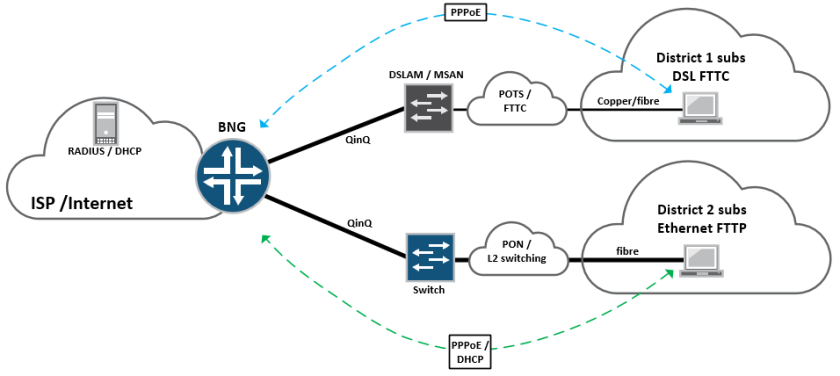CCIE DCv2 Techtorial @ Cisco Live US 2016
This morning I’m in Las Vegas for Cisco Live 2016, and am attending TECCCIE-3644 – CCIE DC Techtorial which focuses on the new CCIE Data Center v2 updates.
I’m live blogging the session so please feel free to submit your questions for the CCIE team as a comment here and I’ll try to get an answer for you.
Slides from the session are available here.
Update 6 – 13:55PDT - UCS will be running 3.x, not 2.x as currently listed on the blueprint.
Update 5 – 11:30PDT - Starting Storage Networking now. Interested to see what the scope is going to be now with the MDSes removed and the N9K’s added.
Update 4 – 09:15PDT - One major format change for the CCIE DCv2 Lab Exam is the introduction of the Diagnostics section, similar to other tracks such as RSv5. Here are some highlights and demo questions illustrating the format of the Diag section.
- Diag section consists of one or more independent Tasks.
- Each Task can have one or more Questions.
- Questions are typically 1 point apiece, but could be 2 or 3 points.
- Each Question within a task is graded individually. It is possible to get Task Continue reading



 Other thoughts in advance of Cisco Live.
Other thoughts in advance of Cisco Live. Edsall discusses what 'application-centric' really means and how webscale players change the industry.
Edsall discusses what 'application-centric' really means and how webscale players change the industry. Open-O elects Chris Donley as technical steering committee chair.
Open-O elects Chris Donley as technical steering committee chair.